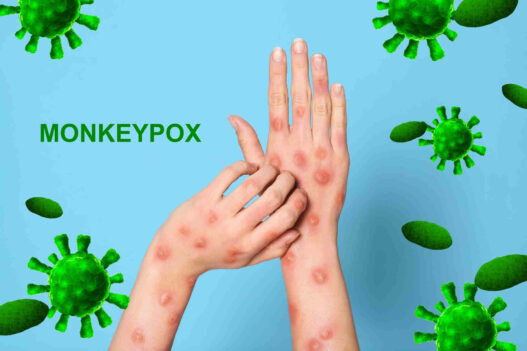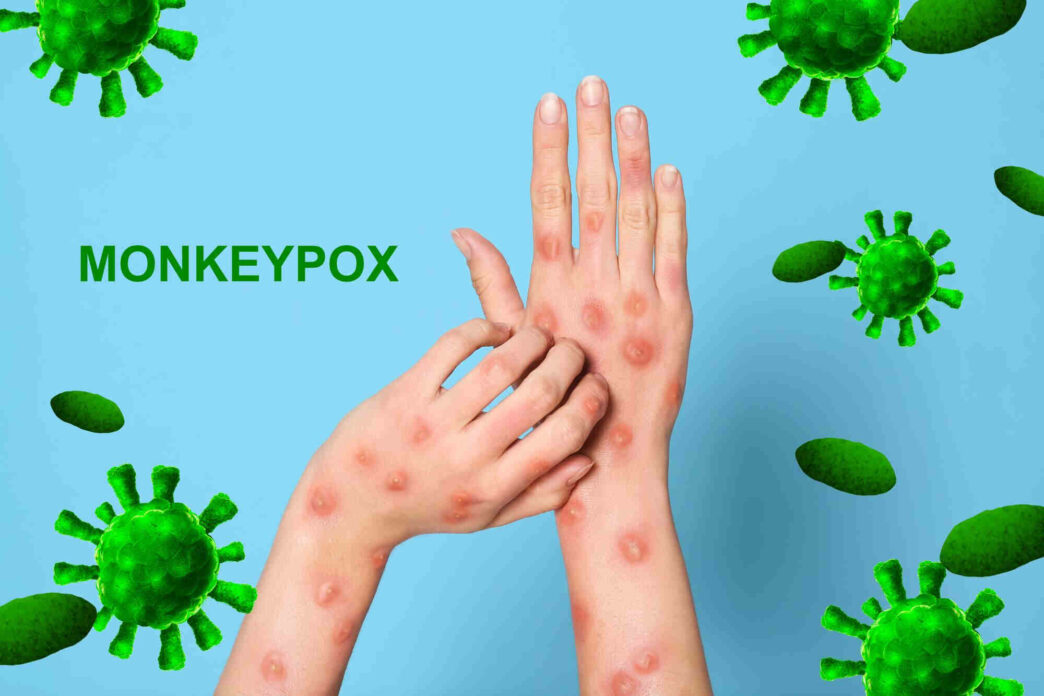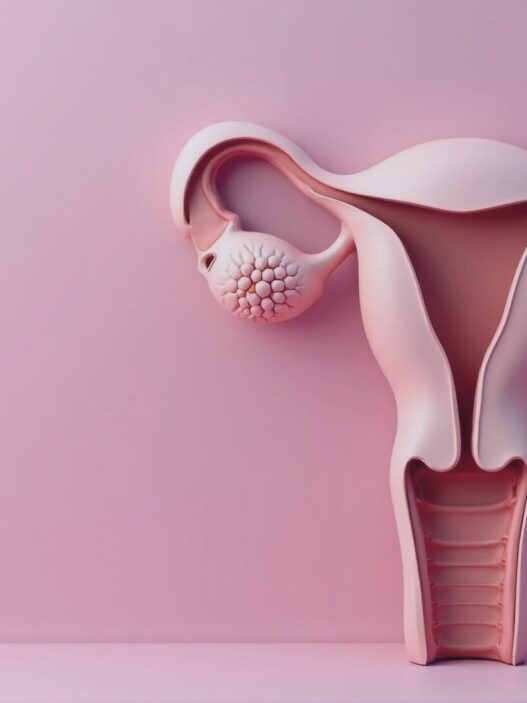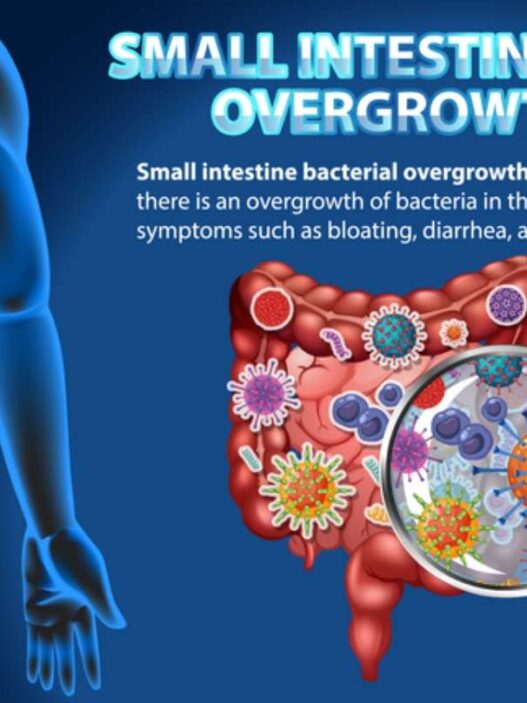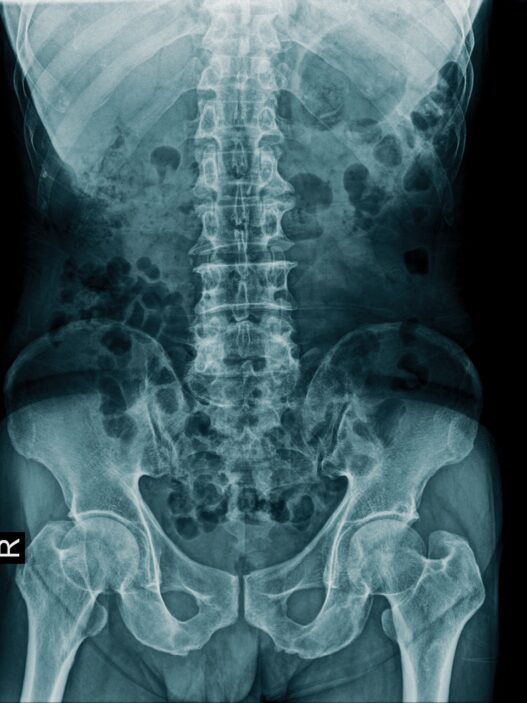Afraid of MPXV, Monkeypox 2022 pictures! Know More to Fear Less and Care More!!!
What is Monkeypox 2022? How does Monkeypox 2022 spread? Know the monkeypox virus disease outbreak, symptoms, complications, worldwide monkeypox cases, how to diagnose it, treatment, monkeypox pictures, and how to prevent MPXV using the monkeypox vaccine and other measures.
What is the MPXV, the monkeypox 2022 virus disease outbreak?
Monkeypox MPXV 2022 is a rare disease caused by the infection of the Monkeypox virus which is a type of Orthopoxvirus. The size of the monkeypox virus under electron microscopy is 200-250 nanometers.
Poxviruses are brick-shaped and have a linear double-stranded DNA genome enclosed in a lipoprotein sheath. Poxviruses have all required replication, transcription, assembly, and egress proteins in their genome in addition to relying on host ribosomes for mRNA translation.
As monkeypox (MPXV) is a zoonotic disease (a virus transmitted to humans from animals), the monkeypox virus has been found to be susceptible to several animal species. This comprises non-human primates, dormice, rope and tree squirrels, Gambian pouched rats, and other species (1, 2).
Evolution & MPXV Monkeypox virus disease outbreak
The first monkeypox was discovered in the year 1958 in Monkeys and the first human case was reported in 1970 in a 9-month-old boy in the Republic of the Congo. Since then, cases are reported in many African countries. Despite the possibility that the monkeypox virus has been present in areas where it has historically been endemic for decades, the research on Monkeypox has been neglected. Meanwhile, the spread was observed in many non-endemic countries. In 2022 as of now, monkeypox cases and virus disease outbreaks are reported in more than 50 countries, which is considered a major evolving threat to modern public health by WHO (1). Check out below how monkeypox MPXV 2022 spreads.
How does Monkeypox 2022 spread?
Methods of transmission of MPXV monkeypox 2022 or monkeypox virus disease outbreak are:
Animal to humans
- Blood
- Bodily fluids
- Bites or scratches
- Cutaneous or mucosal lesions of infected animals
Human to human
- Contact with respiratory secretions
- Body fluids
- Skin lesions
- Prolonged face-to-face contact
- Using contaminated materials like clothing, bedding, and other things of the affected person or animal
- Hugging, kissing, and having any type of sex with an infected person, but there is no exact proof of the transmission through semen or vaginal fluids
A pregnant person can spread the virus to their fetus through the placenta (3, 4).

Monkeypox 2022 Cases Worldwide – Recent Report on The Monkeypox Virus Disease Outbreak
1). As per an epidemiological update on Monkeypox by PAHO, between January and August 2022, >25000 confirmed monkeypox cases have been reported with 10 deaths from 83 states in 6 WHO regions.
2). Out of the above monkeypox cases, 64% were in the European region, 35% in the Americas, 1.4% in the African region, and <1% in other regions.
3). Among the Monkeypox confirmed cases, 99% of them were males with an average age of 37 years. 98% were men who have sex with men. 38% are HIV positive. 4). According to CDC, in the United States, Monkeypox cases in 2022 have been found in every state except Wyoming and the maximum number of monkeypox cases were found in New York, California, and Florida. Source: PAHO, USA, and CDC
Is Monkeypox 2022 The Next Pandemic?
As Monkeypox 2022 is spreading globally through several countries, including the United States, would the monkeypox virus disease outbreak be the next pandemic, is the question?
However, Monkeypox 2022 is very different from COVID-19. Not only is it much less infectious than COVID-19 but as per the current epidemiological data, monkeypox 2022 is affecting only a specific risk group involving sexual and intimate contact. In addition, it is not in the air like COVID-19.
What does the monkeypox virus (MPXV) disease do in the body?
The monkeypox virus (MPXV) enters the body via any channel (mouth, nose, open wounds, etc.), replicates at the inoculation site, and then spreads to nearby lymph nodes, then triggers viral spread. This is the incubation stage, which can last up to 21 days and normally lasts 7 to 14.
Before lesions are visible, there are 1–2 days of prodromal signs including lymphadenopathy and fever caused by secondary virus infection. Patients who are sick may be spreadable. Skin lesions, as you can see in the monkeypox pictures, develop from oropharyngeal lesions. By the time lesions start to form, serum antibodies are frequently detected. The lesions progress at 1- to 2-day intervals through macular, papular, vesicular, and pustular phases throughout the ensuing 2 to 4 weeks. Please see the monkeypox pictures for detail.
Lesions range in size from 2 to 10 mm, are hard, and undergo synchronous change. Before crusts form, lesions are in the pustular phase for 5 to 7 days. Most often, the illness clears itself 3 to 4 weeks after the commencement of symptoms, with crusts developing and desquamating during the following 7 to 14 days. Once the crusts have completely fallen off, the patient is no longer regarded as contagious (5).
How the lesions look in the monkeypox pictures?
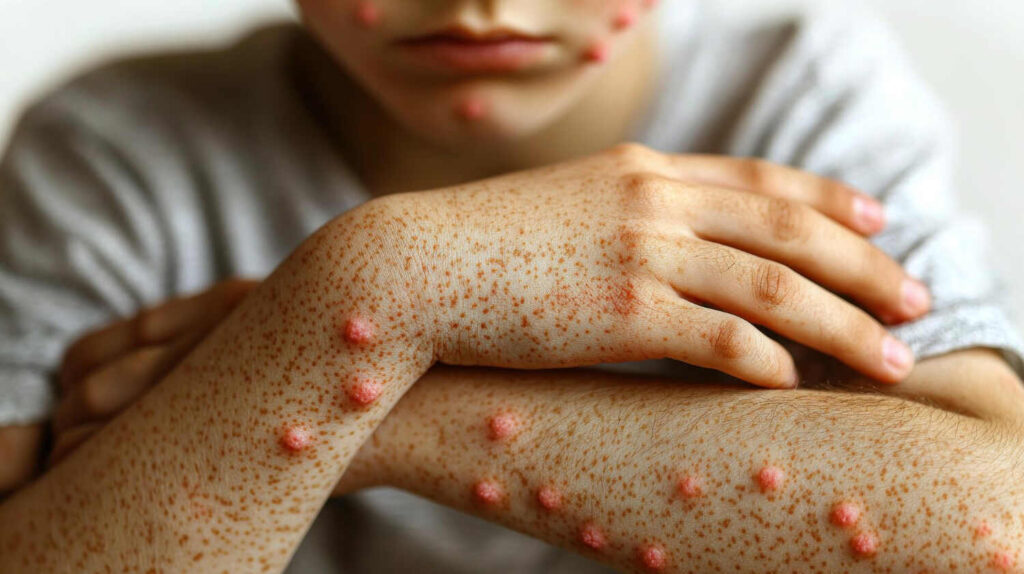
Signs and Symptoms of Monkeypox MPXV 2022
- Fever
- Headache
- Muscle aches and backache
- Swollen lymph nodes
- Chills
- Exhaustion
- Respiratory symptoms (e.g. sore throat, nasal congestion, or cough)
- A rash that may be located on or near the genitals (penis, testicles, labia, and vagina) or anus (butthole) but could also be on other areas like the hands, feet, chest, face, or mouth.
- The rash will go through several stages, including scabs, before healing.
- The rash can look like pimples or blisters and may be painful or itchy. See the monkeypox pictures.
Complications of monkeypox MPXV 2022
- Bacterial superinfection of the skin
- Permanent skin scarring
- Hyperpigmentation or hypopigmentation
- Permanent corneal scarring (vision loss)
- Pneumonia
- Dehydration (vomiting, diarrhea, decreased oral intake due to painful oral lesions, and insensible fluid loss from widespread skin disruption)
- Sepsis
- Encephalitis
- Death (5)
How to diagnose the Monkeypox MPXV virus disease in the outbreak?
Different methods of diagnosis of monkeypox MPXV 2022 include medical history, including any prior travel experiences that may assist your doctor to assess your risk.
Laboratory tests
The most effective and sensitive laboratory test is the polymerase chain reaction (PCR). The better diagnostic samples for monkeypox come from skin lesions, specifically the fluid that comes from vesicles and pustules as well as dry crusts. Monkeypox virus is particularly detected using a hybridization assay using an MGB Eclipse TM (Epoch Biosciences) probe that targets the B6R envelope protein gene (MPXV).
Lesion samples from five confirmed US cases of monkeypox were utilized to evaluate the assays, which were validated using coded orthopoxvirus DNA samples. Other orthopoxviruses cannot be detected with the B6R assay, only MPXV is detected. With other rash illness-causing viruses or bacteria, neither assay produced false positive results.
West African/US MPXV has one SNP within the B6R probe, and the Congo Basin MPXV was the target of the B6R assay’s design. The detection of MPXV DNA in human samples was unaffected by the lack of complete similarity to the US monkeypox isolates, demonstrating the diagnostic efficacy of the B6R assay for both known MPXV clades (6, 7).
One possibility is a biopsy. Lesion samples must be maintained cool and stored in a dry, sterile tube without a viral transport medium. Due to the short period of viremia (presence of virus in the blood) in relation to the date of specimen collection after symptoms begin, PCR blood tests are typically inconclusive and should not be regularly obtained from patients.
Treatment of MPXV Monkeypox 2022
Until all lesion crusts have naturally fallen off and a new skin layer has grown, the infected person should stay in isolation, wear a surgical mask, and keep lesions covered as much as is practical. You can see the lesions in the monkeypox pictures.
The effectiveness of the intravenous vaccine immunoglobulin, the intracellular viral release inhibitor tecovirimat, and the oral DNA polymerase inhibitor brincidofovir against the monkeypox virus is uncertain (5).
The World Health Organization (WHO) estimates that the smallpox vaccine has an 85 percent success rate in preventing monkeypox (1).
Prevention of MPXV Monkey Pox Virus Disease 2022 and Vaccine
Vaccine for prevention
- MPXV Monkeypox 2022 can be prevented using a smallpox vaccination, but its usage is now restricted to clinical studies.
Other measures to prevent MPXV monkeypox 2022
Limiting person-to-person transmission and reducing human contact with diseased animals are essential to prevention.
- Avoid skin-to-skin contact with infected persons
- Avoid using the materials and objectives of the monkeypox-affected person
- Personal hygiene like washings hands, bathing; if any contact with an infected person or using things of an infected person
- Avoid kissing, hugging, and practicing sex with an infected person
- Practice safe sex by using condoms, having sex with multiple persons or anonymously may increase the risk of monkeypox
- Wearing masks and gloves when around others
- Continuously cleaning and maintaining house and environment disinfected as viral spread may be there in the surroundings of infected people
- Infected persons should avoid contact with animals
- Personal protective equipment (PPE) kit should be used by persons who are in frequent contact with infected persons, health care professionals, and laboratory technicians.
Sources
- https://www.who.int/news-room/fact-sheets/detail/monkeypox
- https://www.ncbi.nlm.nih.gov/books/NBK574519/
- https://my.clevelandclinic.org/health/diseases/22371-monkeypox
- https://www.cdc.gov/poxvirus/monkeypox/transmission.html
- https://www.ncbi.nlm.nih.gov/books/NBK574519/
- https://www.healthline.com/health/monkeypox
- Li, Y., Olson, V., Laue, T., Laker, M., & Damon, I. (2006). Detection of monkeypox virus with real-time PCR assays. Journal Of Clinical Virology, 36(3), 194-203.

Prashanth P, M.S.(Pharm.), is currently working as a Pharma. Competitive Intelligence Analyst at WNS. He has completed his master’s from the National Institute of Pharmaceutical Education and Research (NIPER), Mohali. He is passionate and curious about pharmaceutical and healthcare-related information and activities.
Bhuvaneswari Nallamothu, M.S.(Pharm.) is currently working as an Analyst at Cognizant. She has completed her master’s from the National Institute of Pharmaceutical Education and Research (NIPER), Mohali. She is an enthusiastic explorer of various domains of healthcare and aims for a better contribution to the public on healthcare information.
